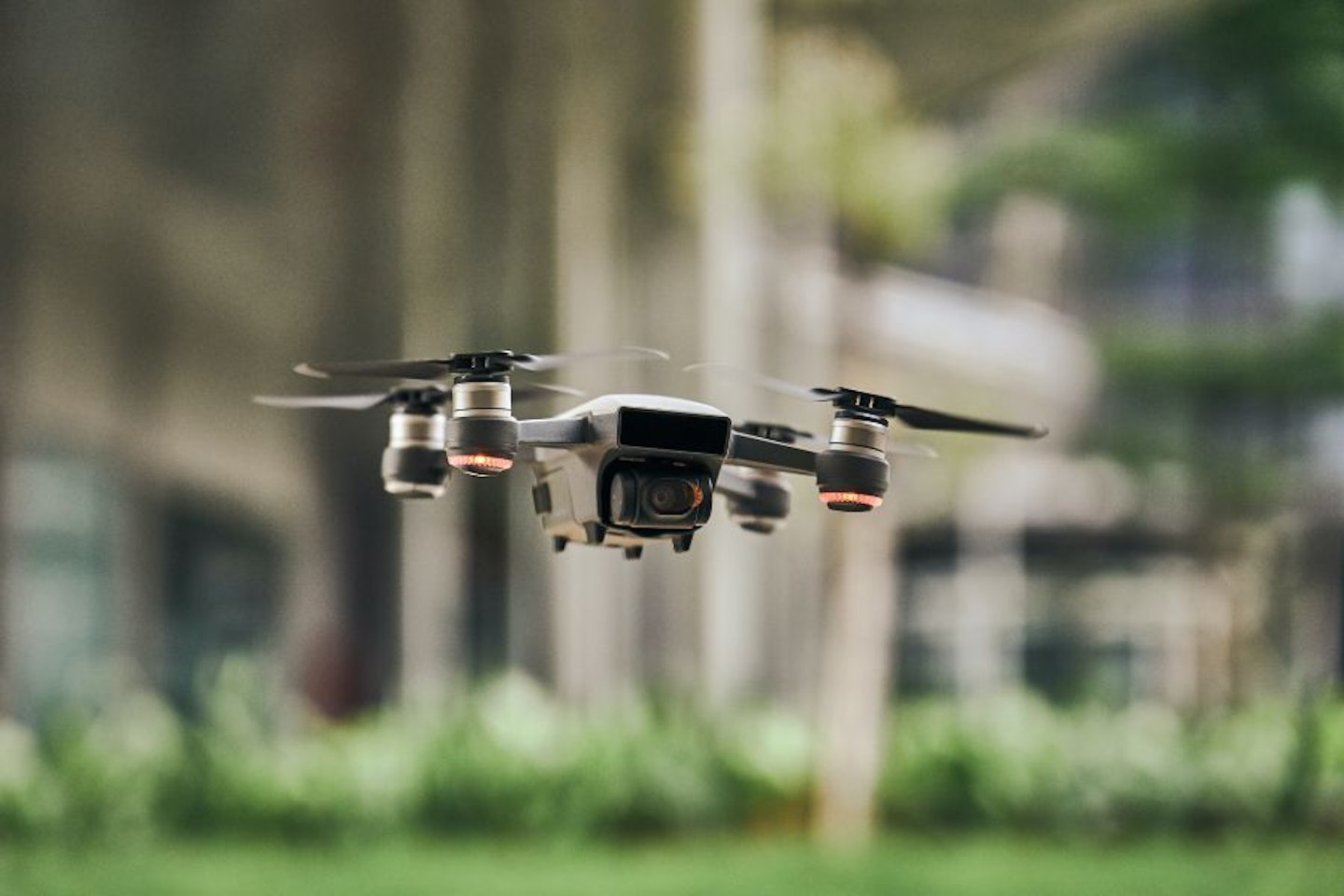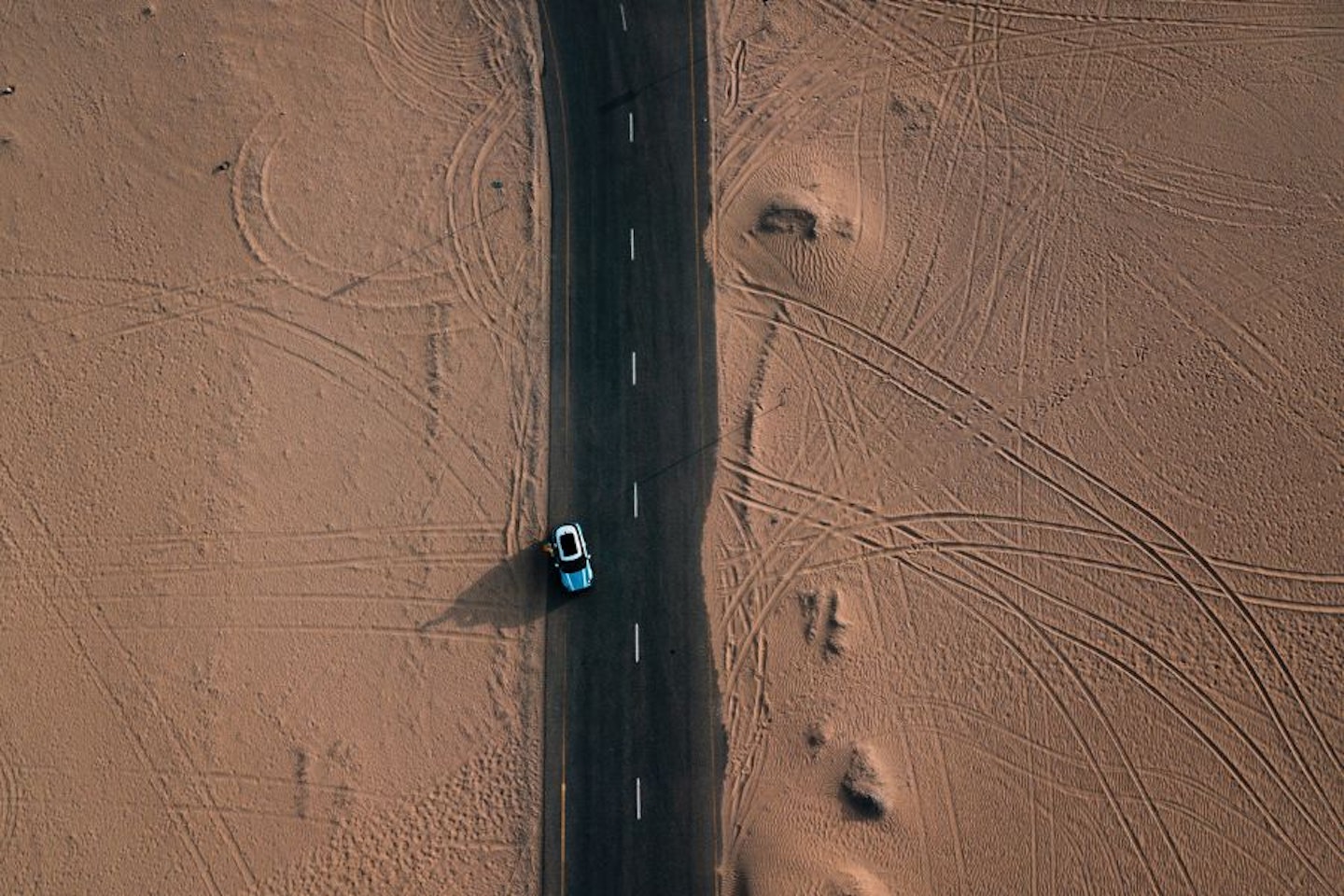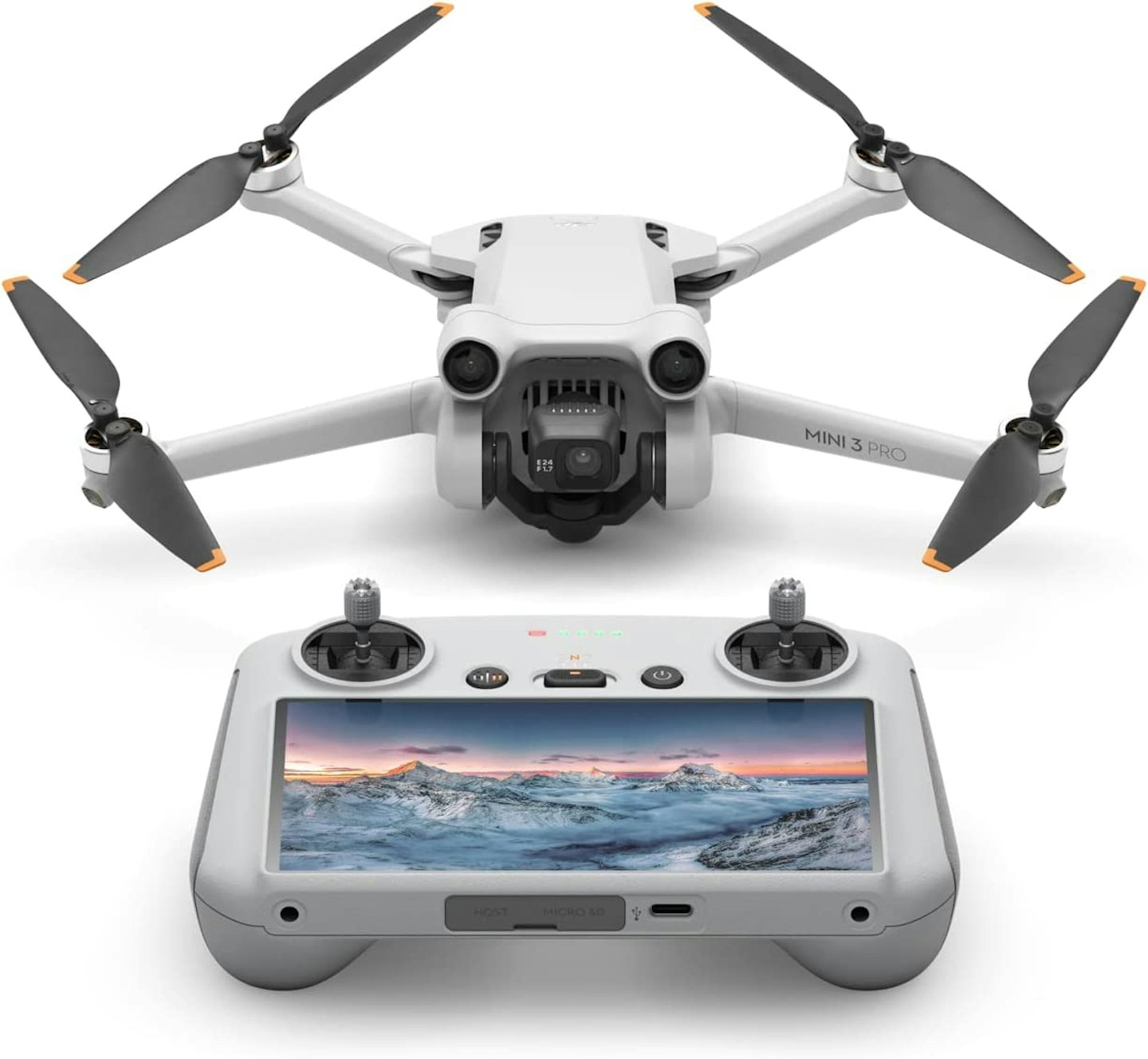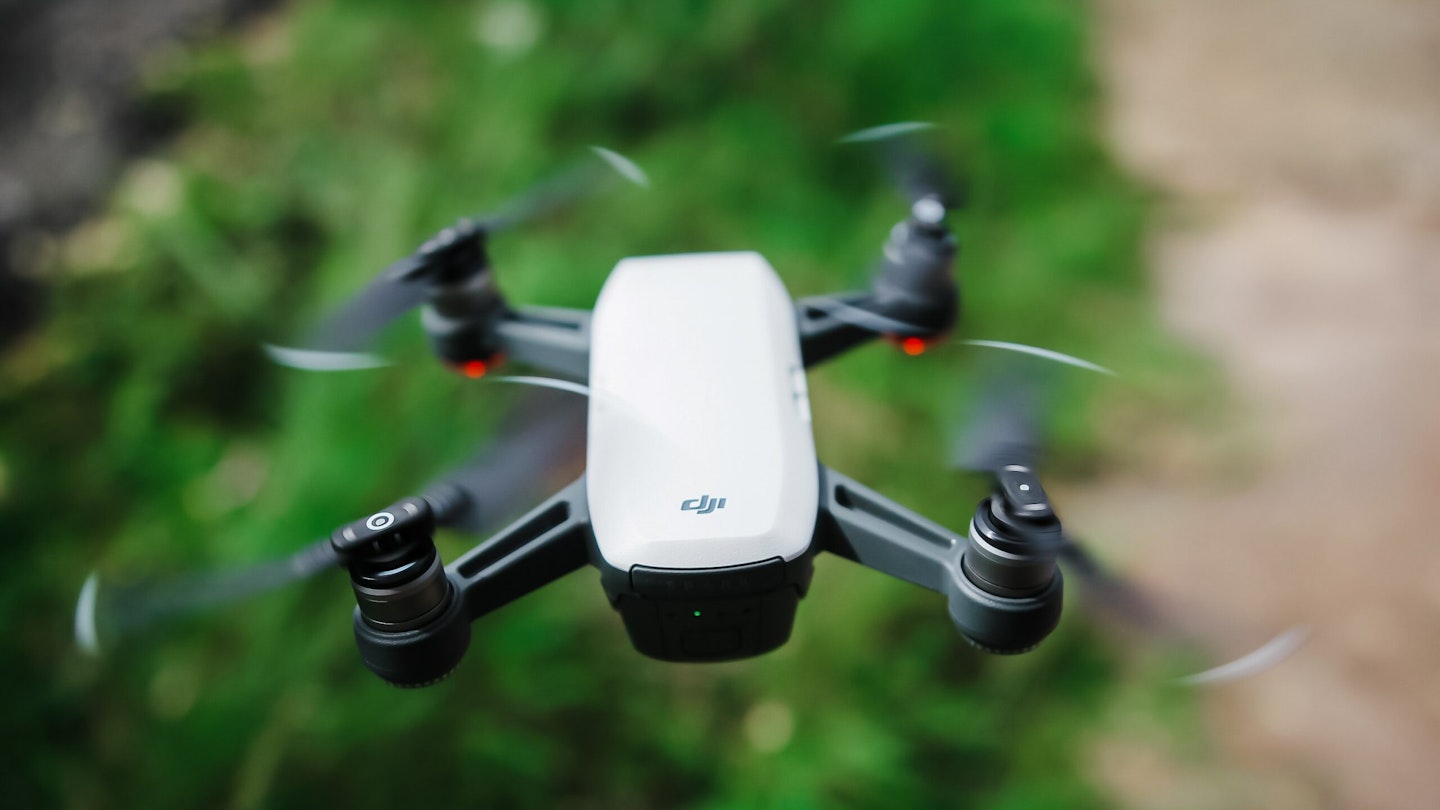If you want to take your videography to new heights, it’s time to invest in a drone.
Today, unobtainable aerial perspectives are a thing of the past thanks to the commercial drone, but taking up drone flying isn’t as simple as firing up the rotary blades and heading for the big blue. After all, these are serious pieces of kit - not your average Christmas Day helicopters that end up snapped and in the bin before lunchtime.
An eruption of drone appeal over the last few years has led to the enactment of hefty drone flying legislation as a means to keep things safe and under control. While it might be tempting to get flying straight out of the gate, breaking these laws could result in a fine or other serious penalties. To keep plod away from your bank account, while also ensuring the safety of yourself and those around you, we’ve put together a short guide on how to keep your drone activity within the confines of the law – maximising its potential in the process.
Need the drone itself? We've put together a list of our favourites here, as well as the best action cameras for cars.
The license
To legally fly or manage a drone, licensing must first be obtained from the Civil Aviation Authority. Drone licenses are split into two groups:
Flyer – Anyone who wishes to fly a drone must first pass a theory test to obtain a flyer ID. This license will prove to the police or any other official body that the flyer has passed a basic flying test and can adequately fly the drone in a safe and legal manner.
Operator – This license pertains to the owner of the drone. If a drone flight is found to have broken the law, should the owner not have the appropriate operator ID, they will be at risk of penalty. The operator ID is a registration number and must be always labelled on the drone – similarly to a number plate on a car.
If a drone flyer or operator is found not to have the appropriate IDs, they can be fined for breaking the law. In the most severe cases, they may even be at risk of a prison sentence.
Luckily, flyer or operator IDs are easy and affordable licenses to obtain. The flyer ID is free to pass and lasts for five years while the operator ID costs £10 and is valid for just one year.

When does a toy become a legal drone?
You can usually tell between a toy and a drone by spotting a few indicators. These include:
-
Packaging that describes the product as a toy
-
Markings that indicate the product is suitable for 14-year-olds and below
-
Bought from a reputable toy brand or shop
-
Advertised in packaging to attract children
If your product is a toy weighing under 250g, no flyer ID or operator ID is required. This is still the case if the drone weighs under 250g and isn’t a toy but doesn’t have a camera. If your drone falls under the latter criteria but does have a camera, an operator license will need to be obtained.
Drones are split into five classes from C0 to C4 based on their weight or model. The IDs you need to legally fly are applicable to your drone, so be sure to ascertain your drone’s class before applying.
New drones feature class marks to indicate which C class they’re in. However, older drones or privately built drones will need to have their class determined following weight requirements.
Do I need to insure my drone?
Again, this will come down to its weight.
Any drones or model aircraft flown for recreational, sporting, or hobbyist purposes do not require third-party insurance if the aircraft weighs under 20kg. Of course, you can choose to insure your drone if you wish but this is not legally necessary.
If your drone falls below the weight threshold but you intend to fly it for any reason other than those already specified, you must purchase third-party insurance by law.
If your drone weighs above 20kg, you must have third-party insurance - no matter the intention of the operator.
Click here to find out more about flying and operating licenses, as well as where to take your test.

What else does the law say?
The government has stipulated a handful of responsibilities to be undertaken by the drone flyer and operator during flight– no matter the intention. Once a drone flying license has been obtained, it is the obligation of both the operator and the flyer to ensure that the drone is flown responsibly. The government have set out these responsibilities as the following:
-
to know how to fly your drone safely, and do so within the law
-
to understand that the operator is legally responsible for every flight
-
to keep your drone in sight at all times and stay below 400ft
-
not to fly your drone over a congested area, never fly within 50 metres of a person, vehicle or building not under your control
-
ensure any images you obtain using the drone do not break privacy laws
-
To avoid collisions, you should never fly a drone near an airport or close to aircraft. It is a criminal offence to endanger the safety of an aircraft in flight.
You can read more government-published literature on drone flying on gov.co.uk, including a conclusive list of 10 things to know before flying a drone.
What are the rules around vehicle tracking with a drone?
Drone flying has caused a revolution in the automotive videography world. Not only have previously unobtainable vantage points been reached, but the ‘follow me’ technology equipped with certain drones also allows autonomous vehicle tracking – great for high-altitude aerial shots on location.
While the law states that if a drone is flown manually it must remain in sight at all times, a drone set to 'follow me' does not have to remain in direct sight, so long as the mode has been activated and the drone set to follow within 50m of the vehicle.
Some of our favourite drones:
Our favourite drone

This lightweight drone is a top-end example of huge capabilities in a compact package. This drone captures video in 4K at 60 fps, as well as 48MB photos while offering an extended flight time of up to 34 minutes. The DJI Mini 3 Pro also features DJI's Activetrack 4.0 for great tracking performance.
Our favourite budget drone
If you're looking for a budget option, this foldable drone packs 110° Wide-angle 2K HD Camera as well as a follow-me mode for just under £65. That's a lot of drone for a very reasonable price.

